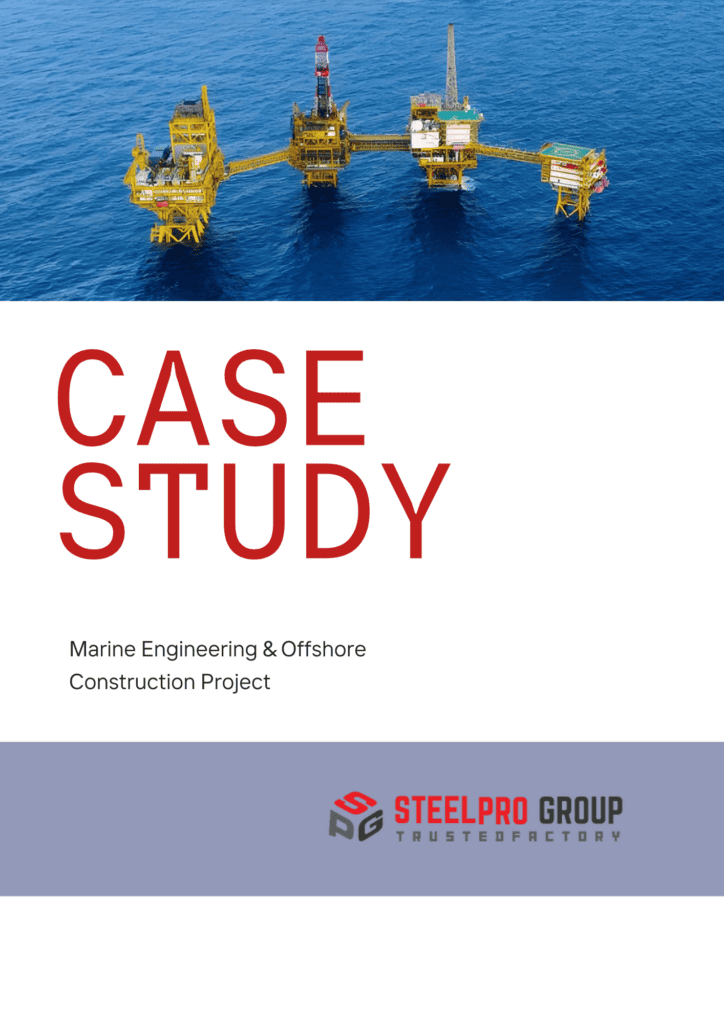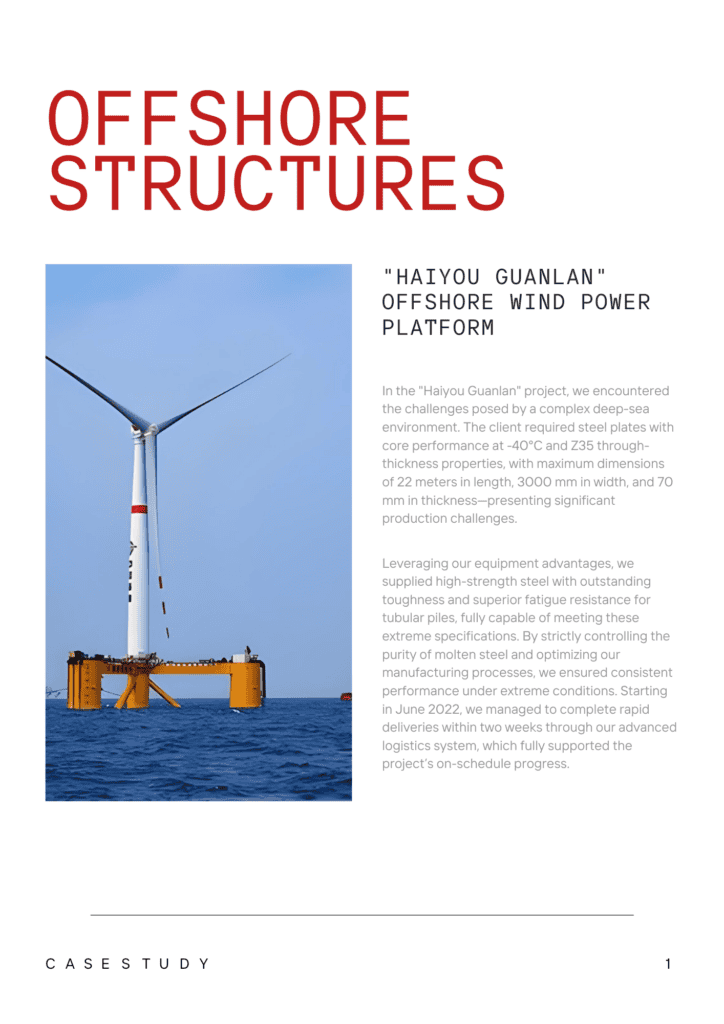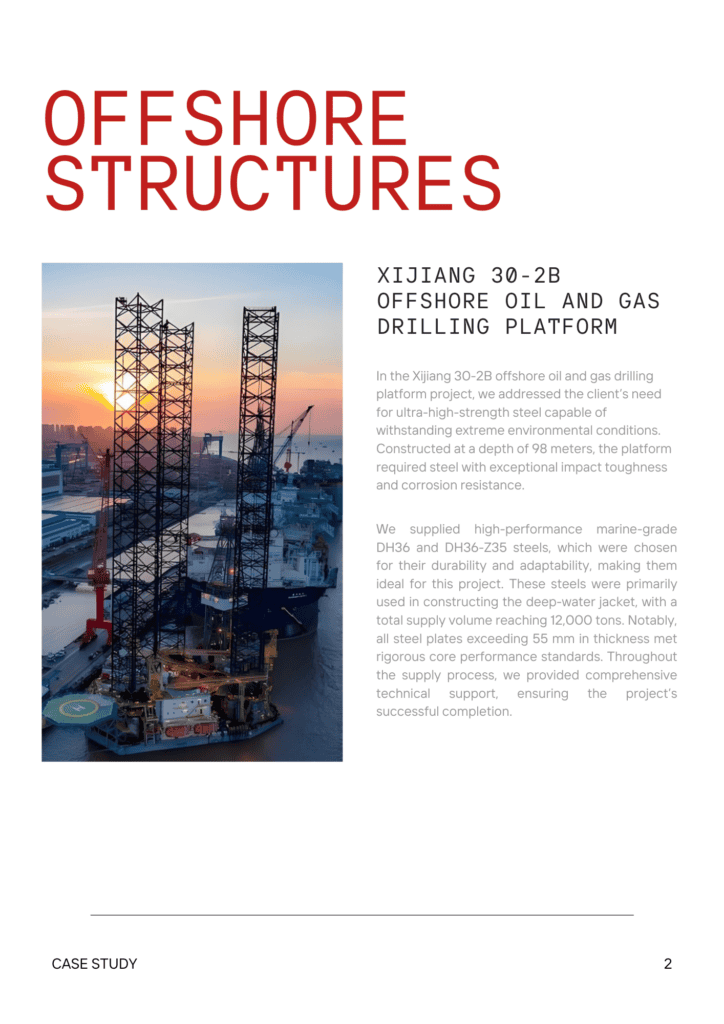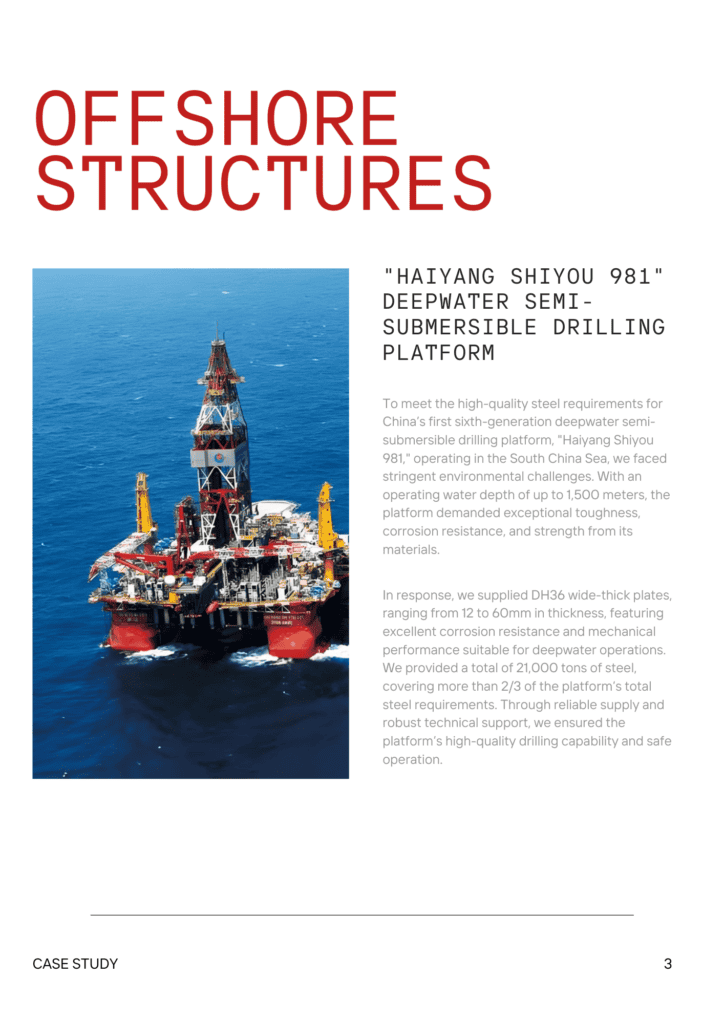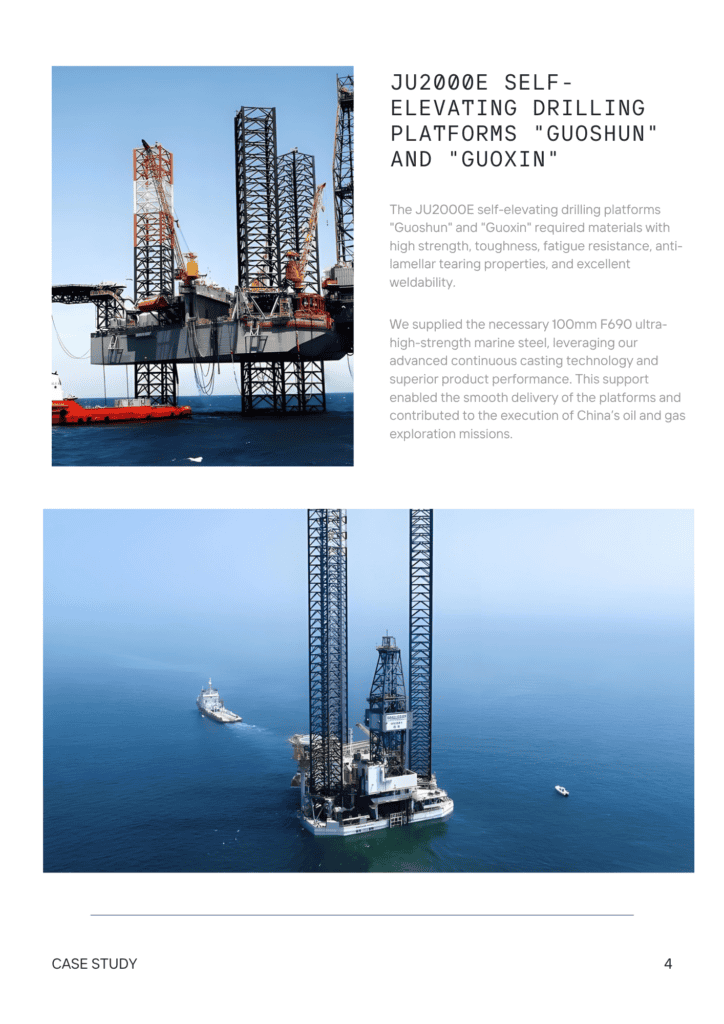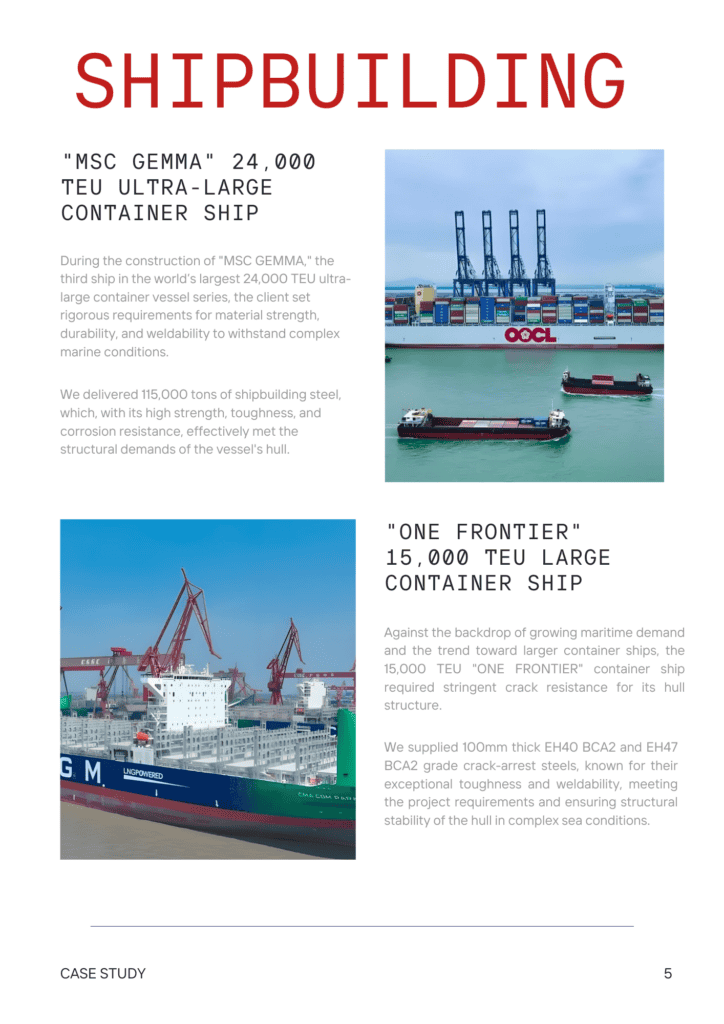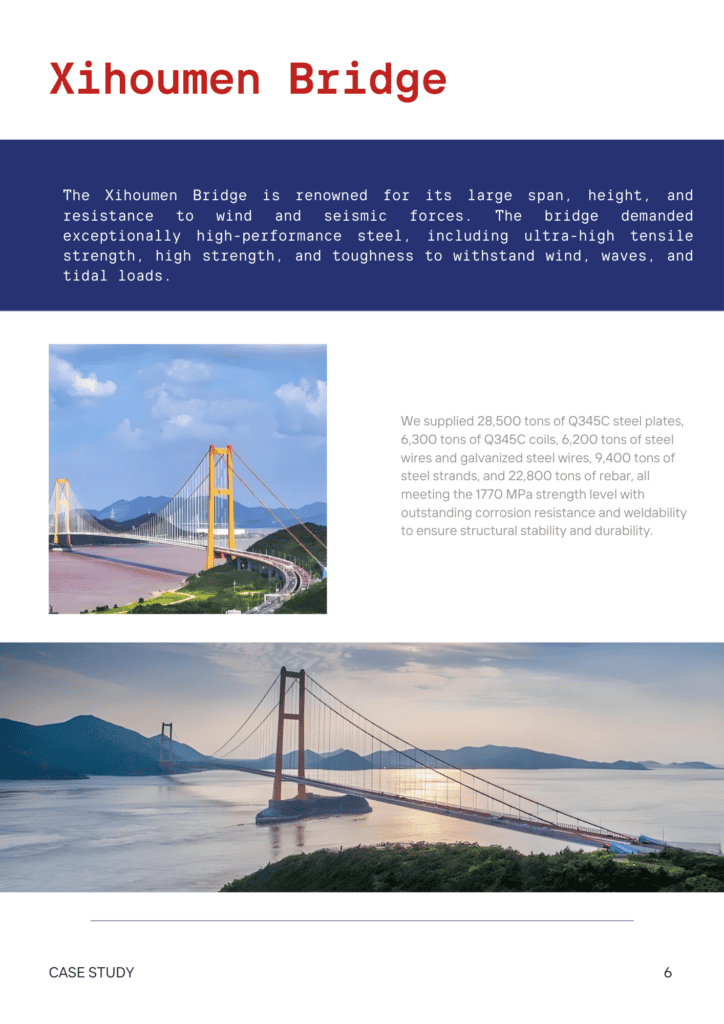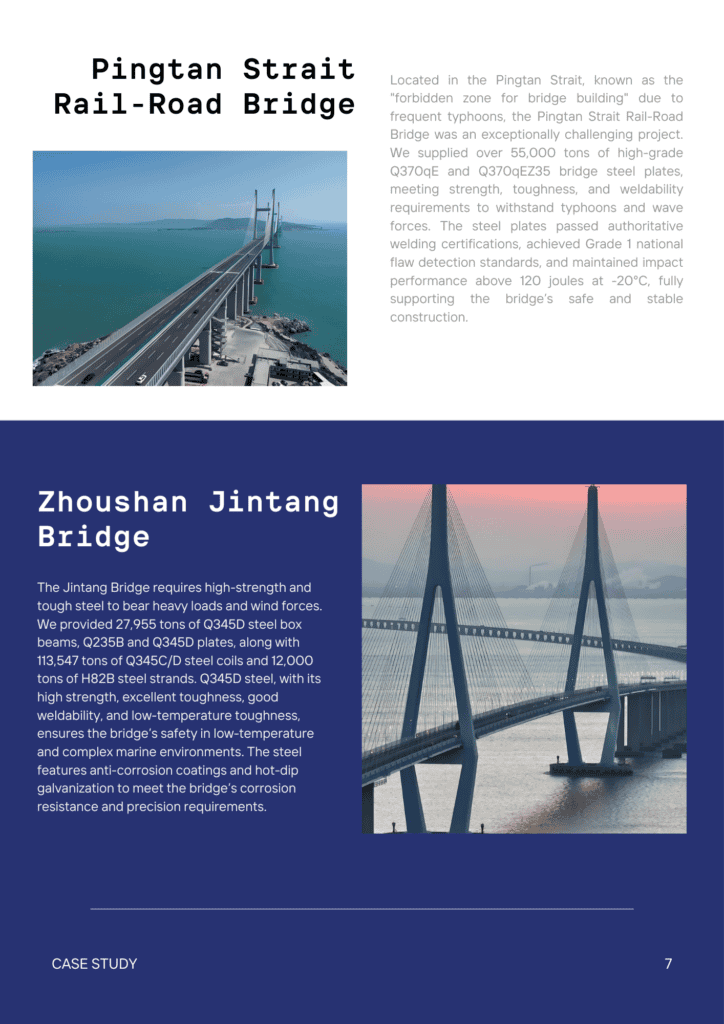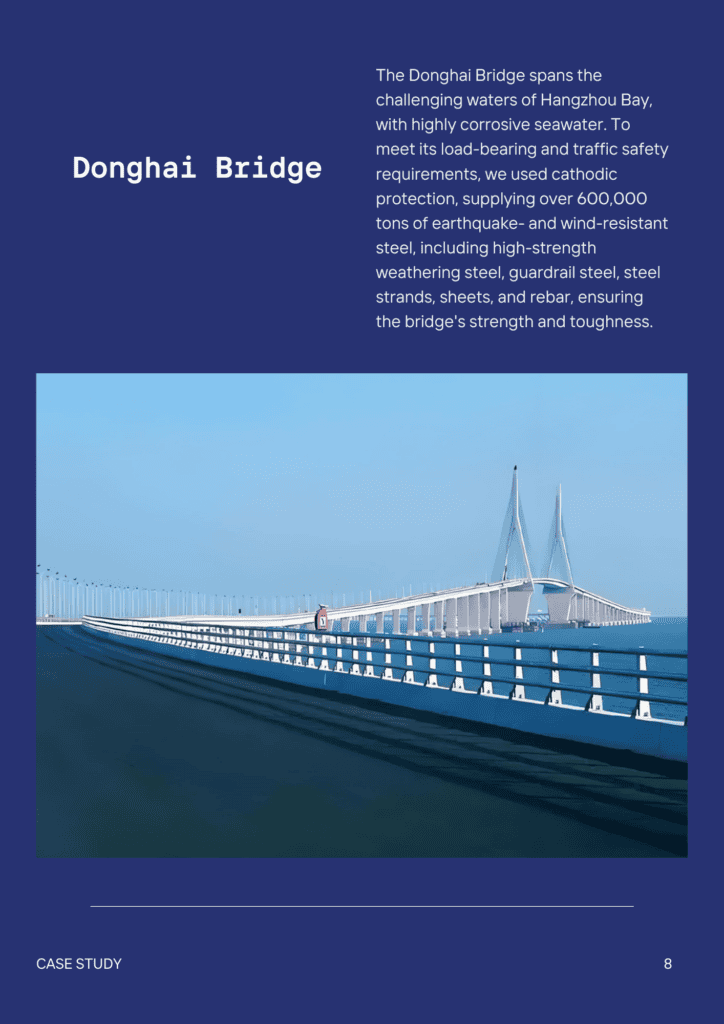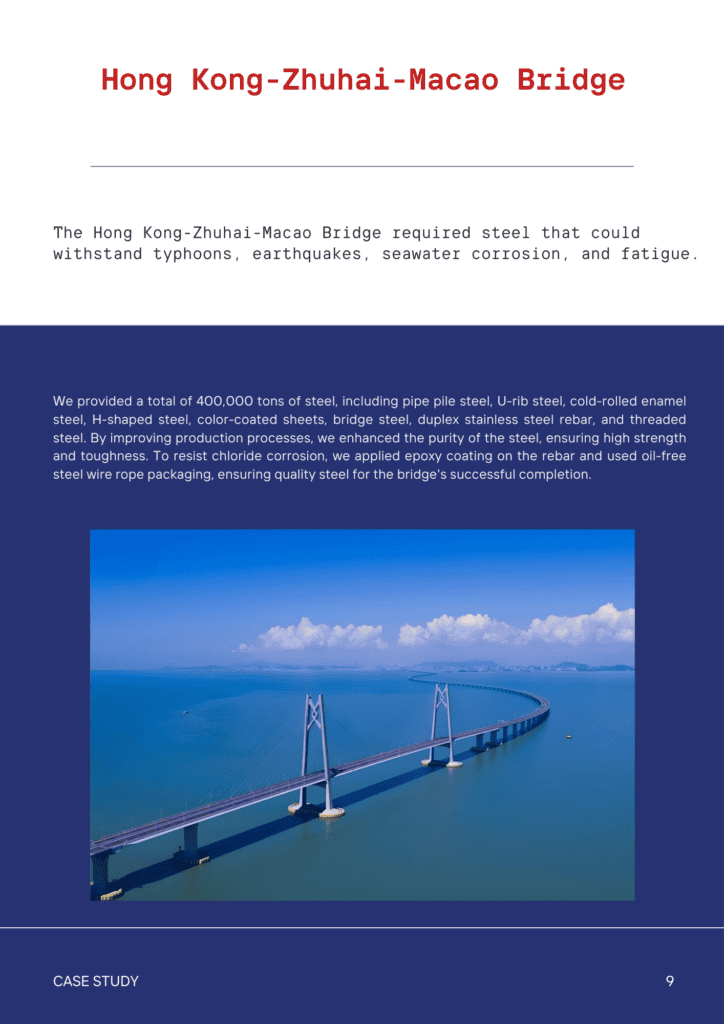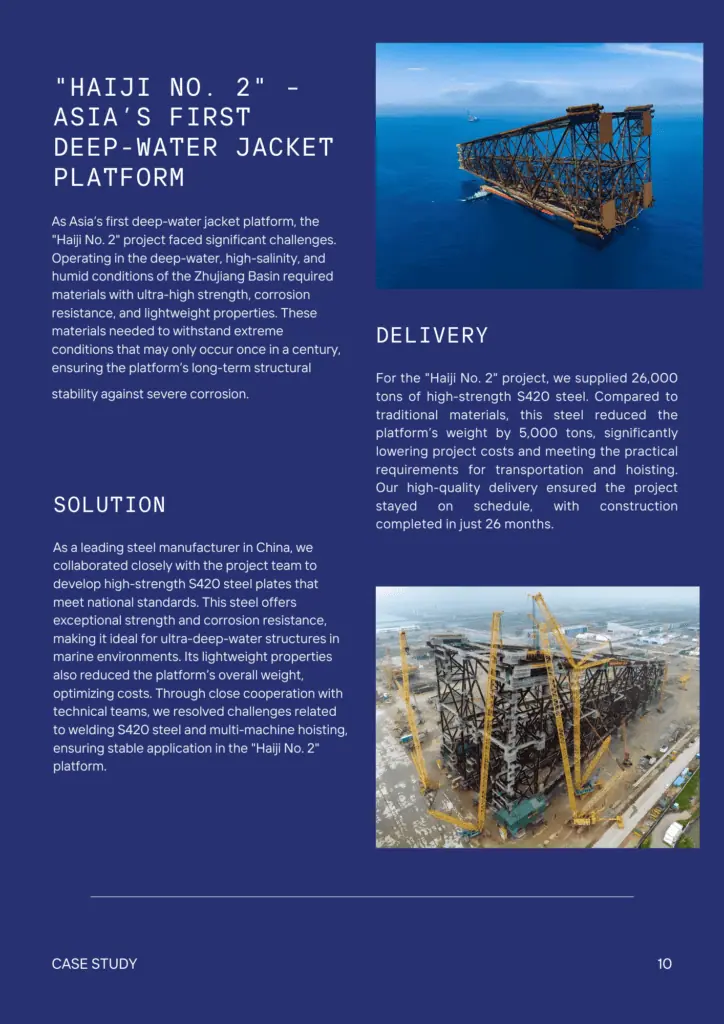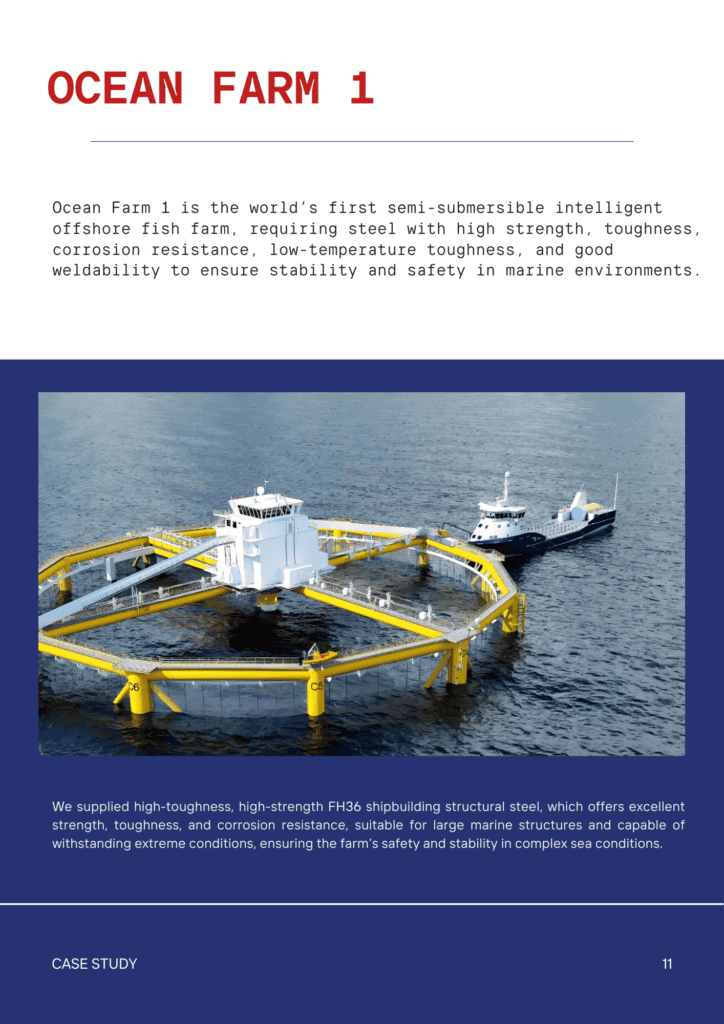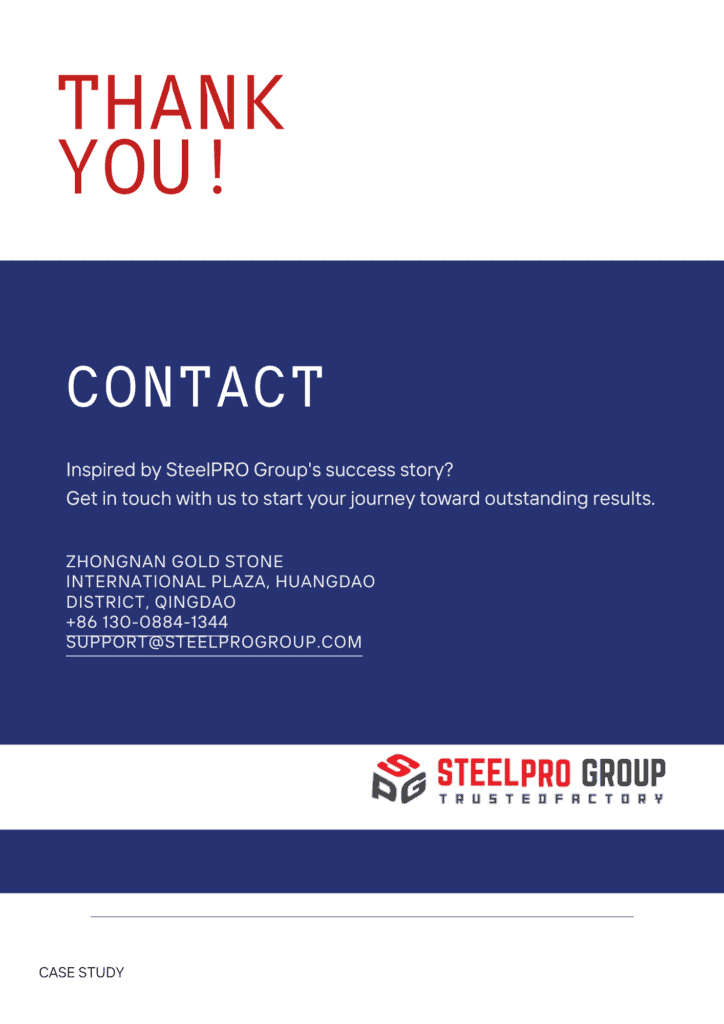COLD ROLLED STEEL
Introduction to Cold Rolled Steel
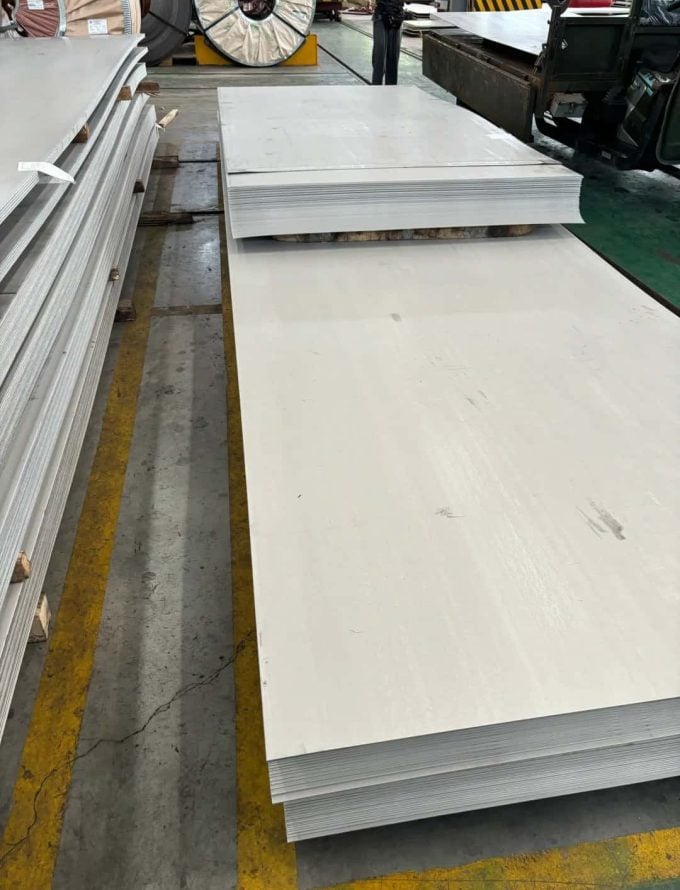
Benefits of Cold Rolled Steel
- Cold rolled steel offers numerous benefits that make it an attractive choice for various industrial applications.
- Superior Surface Finish: The cold rolling process produces a smooth, high-quality surface finish that is free from scaling, making it ideal for applications requiring aesthetic appeal.
- High Strength and Durability: Cold rolled steel’s increased yield strength and ultimate tensile strength make it suitable for demanding applications that require high strength and durability.
- Tight Tolerances: The precise control over thickness and dimensions during the cold rolling process allows for tight tolerances, ensuring consistent quality and performance in end products.
- Improved Mechanical Properties: Due to work hardening during the rolling process, cold rolled steel exhibits improved hardness, resistance to deformation, and mechanical properties.
- Versatility: Cold rolled steel is available in a variety of shapes and sizes, including sheet metal, strip, and coils, making it versatile for a wide range of applications.
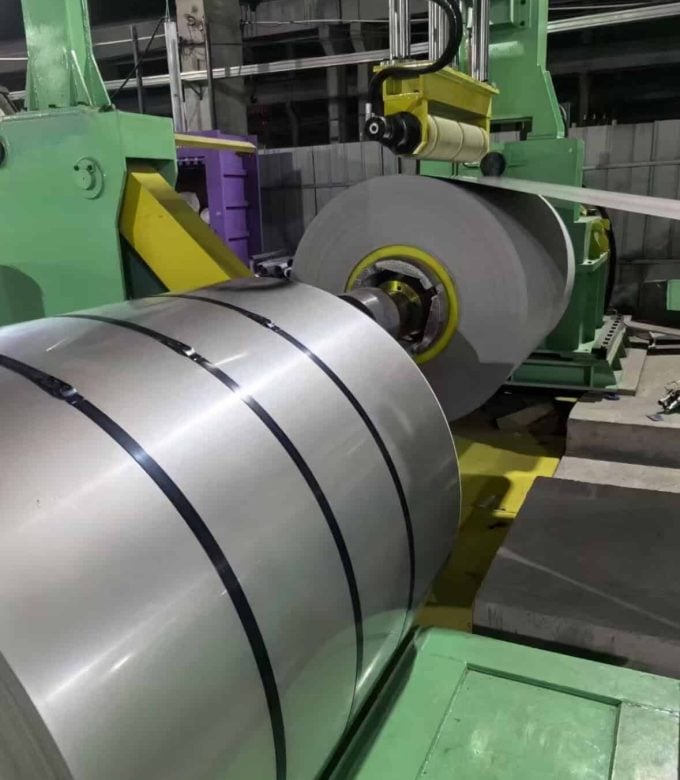
Types of Cold Rolled Steel
- Cold rolled steel comes in various types, each tailored to meet specific needs and applications. Understanding these types helps in selecting the right material for the intended use:
-
- Cold Rolled Steel Sheet: Used in automotive and appliance manufacturing, offering tight tolerances and excellent surface finish.
- Cold Drawn Steel: A type of cold rolled steel that undergoes additional drawing through dies to achieve precise dimensions and enhanced mechanical properties.
- Cold Finished Steel: Steel that has been processed to improve its surface finish, dimensional accuracy, and mechanical properties.
- Cold Rolled Steel Coil: Used in a wide variety of applications, including metal roofing and structural components, due to its uniform thickness and high strength.
- Cold Rolled Steel Bar: Ideal for machining and manufacturing precision parts, offering excellent strength and surface finish.
- Cold Rolled Steel Strip: Commonly used in the production of tools, springs, and washers, known for its uniform thickness and superior mechanical properties.
-
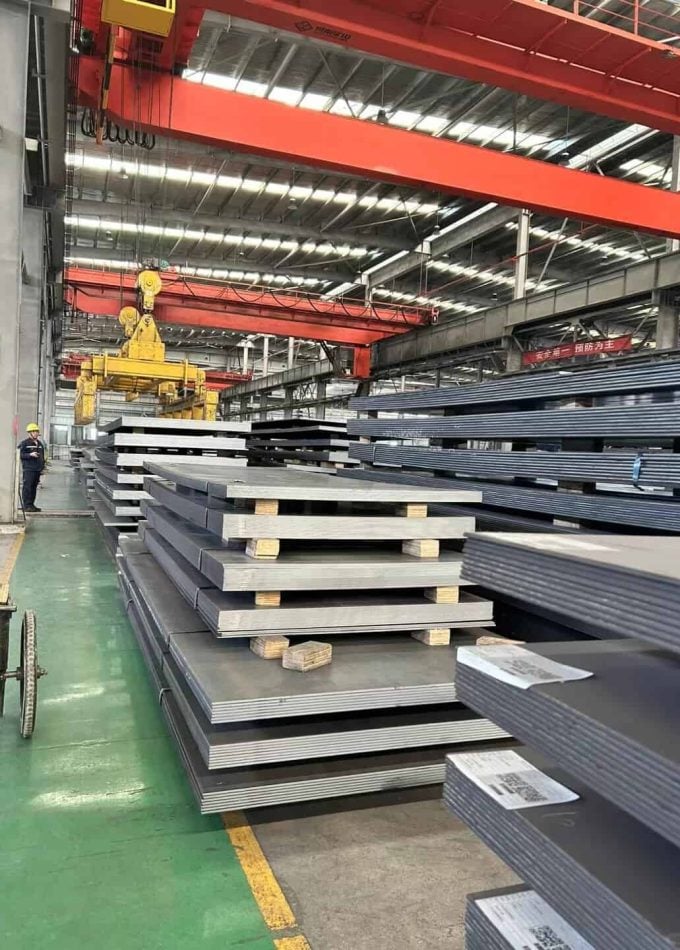
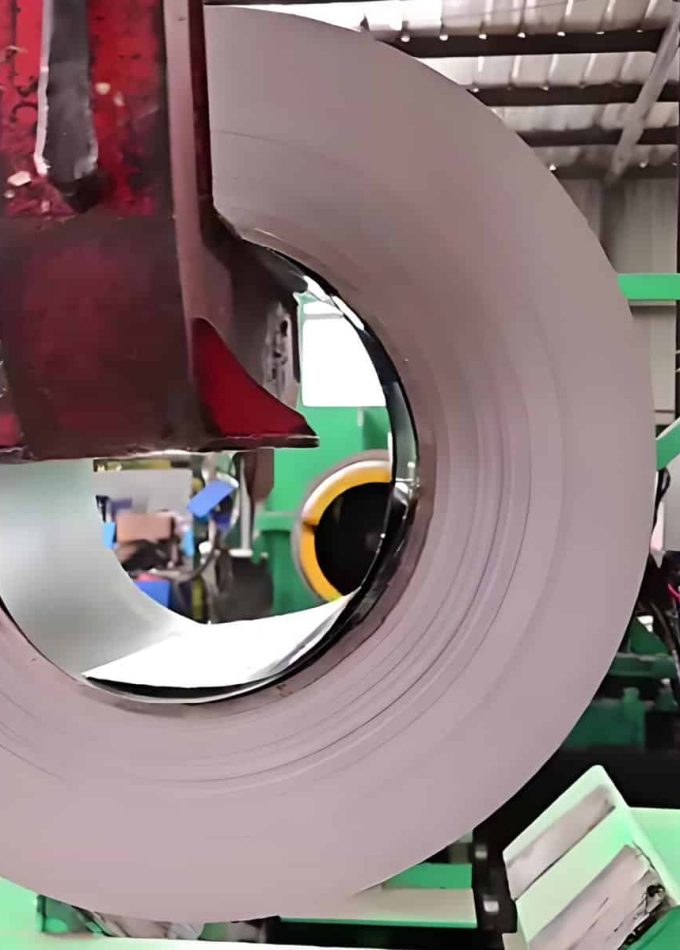
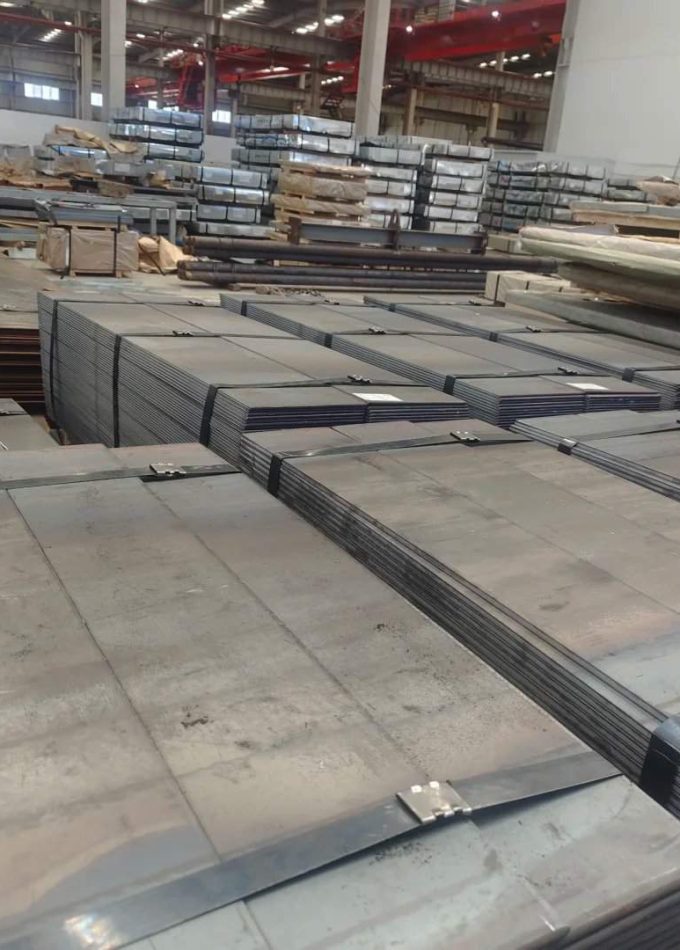
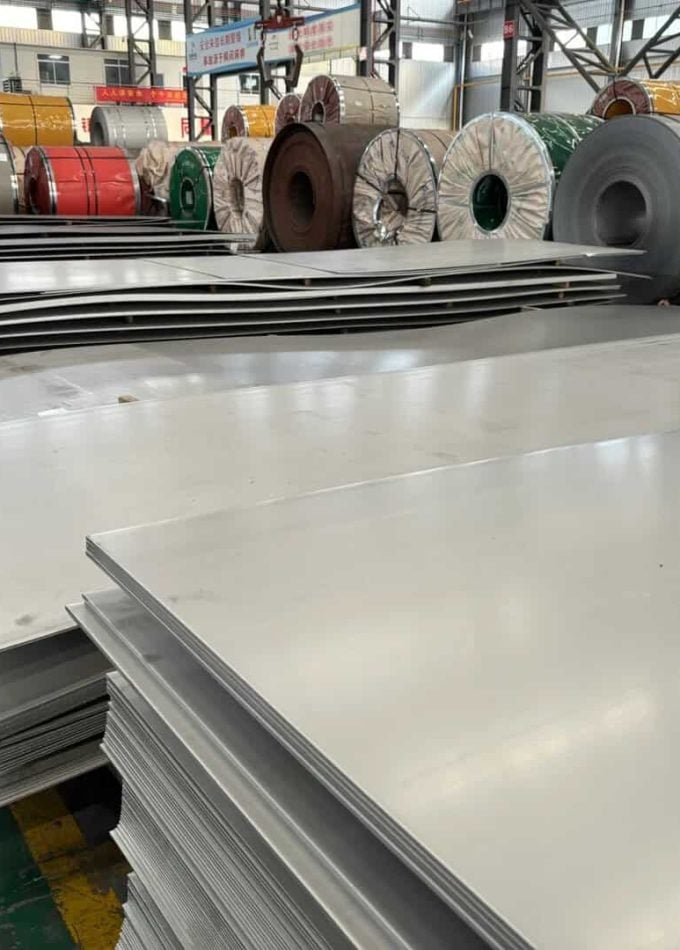
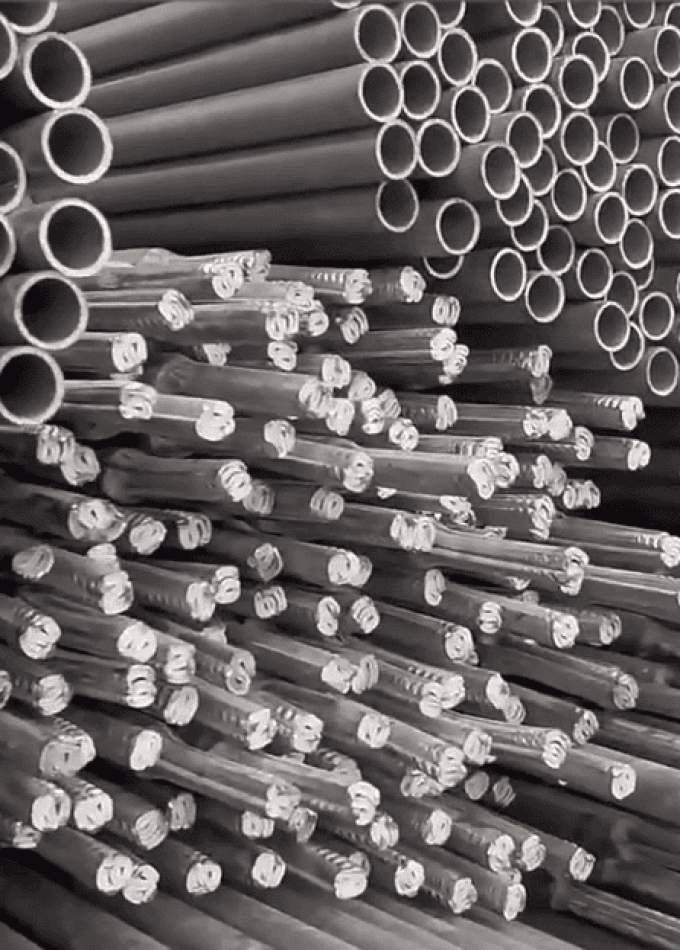
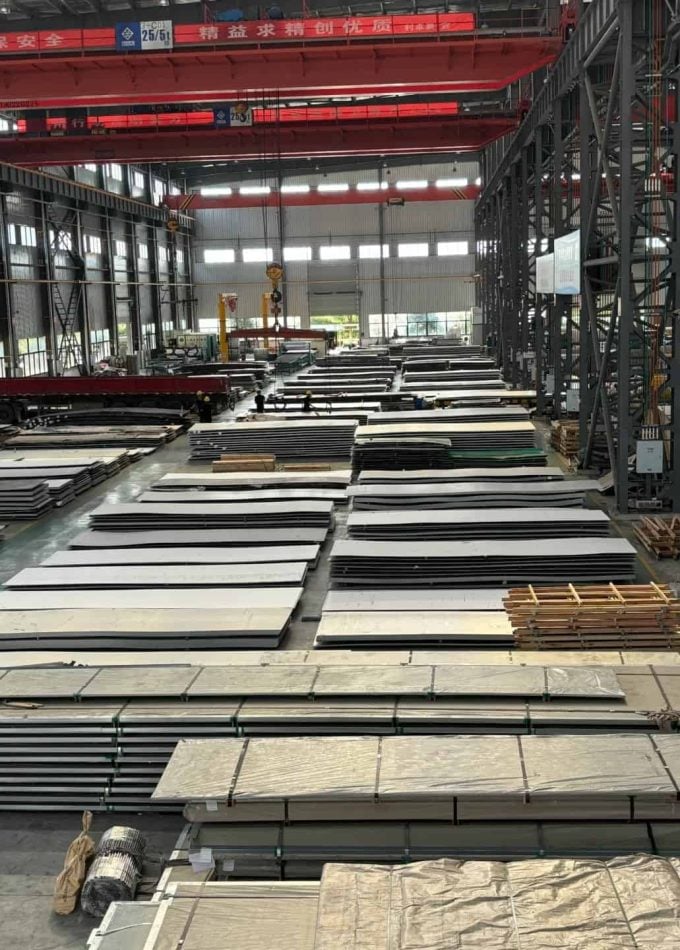
Industries & Applications
Some common industries and applications include:

Automotive

Appliances

Construction

Furniture

Machinery

Electrical
Used in producing electrical enclosures and components that benefit from the material’s excellent surface finish and dimensional accuracy.
Dimensions & Properties
| Grade 42 | ASTM A36 | 1020 | |
|---|---|---|---|
| Yield Strength | 290 MPa (42 ksi) | 250 MPa (36 ksi) | 290 MPa (42 ksi) |
| Tensile Strength | 415 MPa (60 ksi) | 400-550 MPa (58-80 ksi) | 410-550 MPa (60-80 ksi) |
| Material Standard | ASTM A572 / A572M | ASTM A36 | SAE/AISI 1020 |
| Vickers Hardness | 130-170 HV | 100-140 HV | 130-160 HV |
Cold Rolled Steel When & Where You Need It
Here, you get more than just quality steel. With multiple facilities across the country capable of providing high-strength steels, we can also work with you to manage your inventory, ensuring you get product when and where you need it to keep your production running.
Explore Our Available Steel Products & Grades
Our knowledge and experience give nearly 100% accurate delivery of High Carbon, Low Carbon, Stainless Steel products processed and packaged to your exact specifications.
How do you harden cold rolled steel?
Cold rolled steel can be hardened through heat treatment processes like quenching and tempering.
Is cold rolled steel hard to bend?
Cold rolled steel is harder and may be more difficult to bend compared to hot rolled steel, but it can still be bent with the proper tools and techniques.
What is better for welding hot rolled or cold rolled steel?
Hot rolled steel is generally better for welding due to its lower carbon content and fewer internal stresses.
What does cold rolled steel melt at?
Cold rolled steel melts at approximately 2,500°F (1,370°C), depending on its specific alloy composition.
What quality control measures do you have in place for cold rolled steel?
We implement rigorous quality control measures for cold rolled steel, including regular inspections, mechanical property testing, chemical composition analysis, and dimensional accuracy checks to ensure high standards and consistency.


